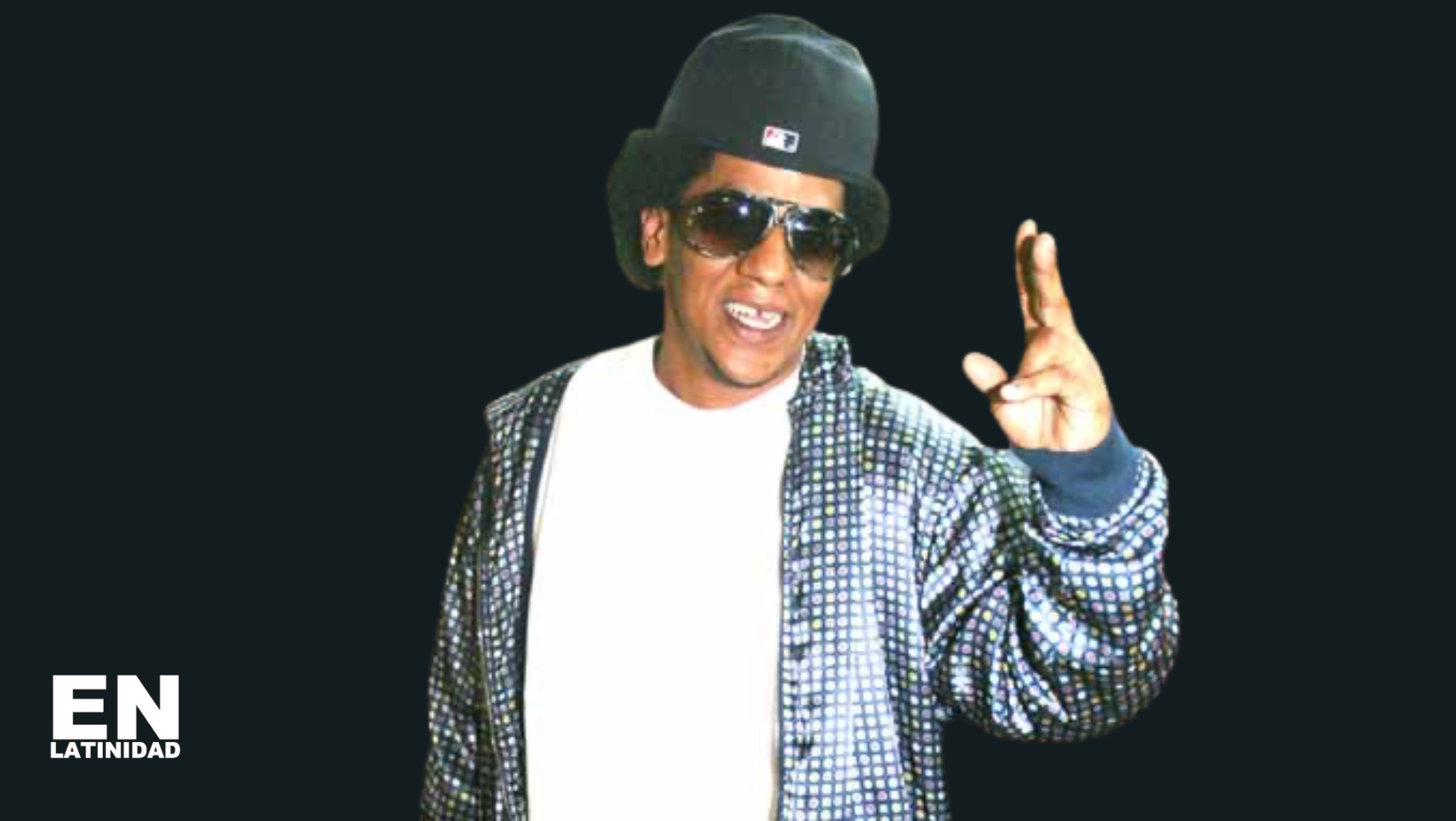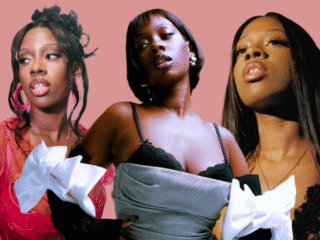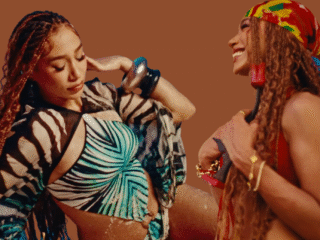Tego Calderón: The Unsung Pioneer Who Bridged Salsa and Reggaetón
It’s a beautiful moment in Latin music: salsa is once again finding its way to the center of mainstream popularity, not just through the work of longtime salseros, but via the creative choices of reggaeton superstars. Bad Bunny’s Nadie Sabe Lo Que Va a Pasar Mañana features salsa elements woven into its sonic DNA. Rauw Alejandro, always pushing the envelope sonically, dropped a stunning salsa cover of Frankie Ruiz’s “Tú Con Él” in his 2023 EP Playa Saturno: Cosa Nuestra. J Balvin’s latest project, Rayo, stylized as mixteip, includes a standout collaboration with salsa legend Gilberto Santa Rosa. To casual listeners, it may feel like something new—but to those paying attention, the bridge between salsa and reggaeton has long existed, built by none other than Tego Calderón.
Tego Calderón, one of the most foundational artists in the history of reggaeton, was the first to fuse salsa and reggaeton with integrity, history, and Black pride. His debut album El Abayarde (2002) is still considered a landmark in Latin urban music. Beyond reggaeton’s signature dembow beat, that project is layered with the congas, horns, and rhythmic breaks reminiscent of salsa dura. Tego’s music never tried to sanitize its influences—he embraced the full legacy of Afro-Caribbean sound, especially its African roots. He used salsa not as a guest in reggaeton, but as a sibling genre, one that had survived its own struggles with mainstream acceptance.
Perhaps the most pivotal moment came in 2008, when Tego Calderón performed at Festival de Claridad—a well-respected salsa festival in Puerto Rico. He was met with skepticism at first. Salsa purists weren’t exactly open to reggaetoneros entering their domain. But Tego, who understood both the musicality and social resonance of salsa, earned a standing ovation. That performance was more than just a show; it was a cultural reckoning. Tego’s presence forced salseros to confront their own biases and see that reggaeton, too, had roots in resistance, storytelling, and Blackness.
That moment helped break down the gatekeeping that had long existed between the genres. Today, many of the same salseros who once viewed reggaeton with suspicion are collaborating with urbano artists. Gilberto Santa Rosa with J Balvin. Marc Anthony with Bad Bunny. Even Victor Manuelle has praised the musical growth of artists like Rauw Alejandro. But none of that mainstream fusion would be happening today without the groundwork laid by Tego.
Both salsa and reggaeton emerged from the working-class barrios of Afro-Latin America. Salsa, forged in New York’s Nuyorican communities in the 1960s and 70s, was once dismissed by white Latin elites as noisy and unsophisticated. It was Black and it was proud—spiritually connected to Cuba’s son, Puerto Rico’s plena and bomba, and the jazz improvisation of Harlem. Much like reggaeton decades later, salsa had to fight to be recognized as “real music.” It was built in community centers, block parties, and dance halls—not conservatories. Its power came from rhythm, voice, and soul—not theory.
Reggaeton has faced similar dismissals, with critics often accusing it of being repetitive or lyrically shallow. Elitists have tried to position salsa as “real music” in contrast to reggaeton’s club-ready vibe, forgetting that salsa, too, was once seen as vulgar and commercial by those unwilling to recognize its brilliance. What both genres share is deeper than instrumentation or tempo: they are the voice of Afro-Latin people carving out space in a world that often ignores them.
The resurgence of salsa in urbano today should be celebrated. But it should also be contextualized. Artists like Bad Bunny and Rauw Alejandro are continuing a conversation that Tego Calderón started over 20 years ago. And in doing so, they’re helping to re-educate a new generation of listeners about the intertwined histories of the Caribbean’s most influential sounds.
This moment is also a reminder of the enduring Black legacy in Latin music. From Héctor Lavoe to Ismael Rivera, from Ivy Queen to Tego Calderón, from Celia Cruz to La India—Afro-Latinx artists have always been at the heart of musical innovation. That legacy lives on in the rhythm of dembow, the swing of a timbal, and the verses that tell stories of joy, struggle, and identity.
Let’s honor the genre-bending brilliance we’re witnessing today, but not forget the pioneers who faced backlash so today’s artists could thrive. Tego Calderón didn’t just sample salsa—he honored it. And in doing so, he helped carve a space for Black Latin music to evolve with dignity.
As salsa and reggaeton continue to intertwine, the result is not just a fusion of sound, but a fusion of histories. And if we’re listening closely, it’s a story of resistance, rhythm, and the rich tapestry of Afro-Caribbean identity.





Leave a Reply
You must be logged in to post a comment.